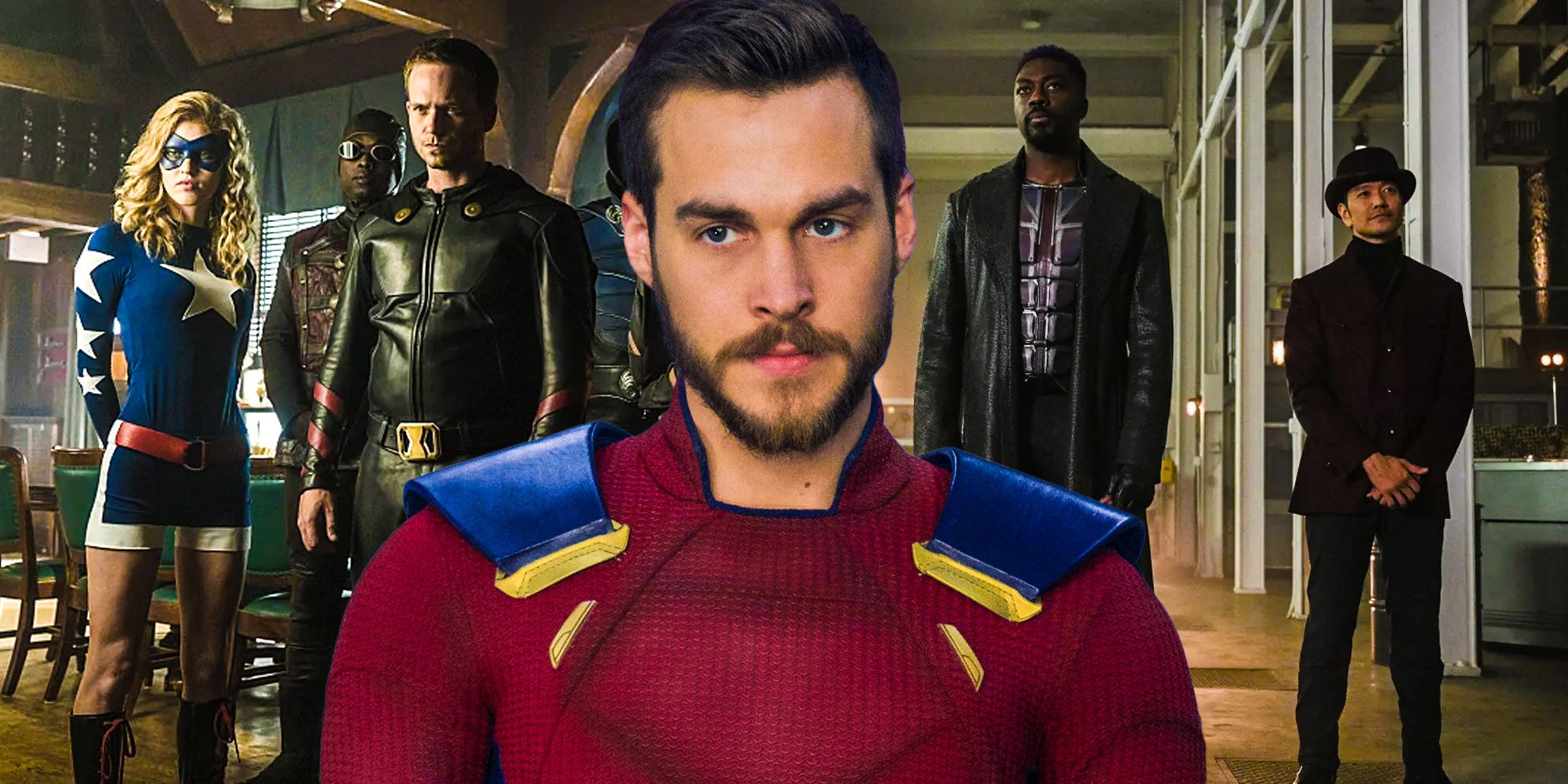
The Arrowverse has come a long way in its almost-decade long run they have introduced multiple iconic DC Comics superhero teams in the DC TV universe. Ever since Arrow premiered on The CW all the way back in 2012, Warner Bros. TV has been able to introduce over a dozen superheroes and super-villains from page to screen. The franchise is almost ten years old, and in all that time, The CW has produced more than five Arrowverse spinoffs. Outside The CW, Arrowverse creator Greg Berlanti has also helped bring other DC properties to the small screen on HBO Max, after originally launching three shows on DC Universe.
While there are certainly some DC characters they can't use, the Arrowverse has managed to establish so many heroes at this point that they have also been able to bring in groups from the comics. As with most comic book adaptations, the creators have taken some creative liberties with some of the most popular superhero teams in the Arrowverse. However, it doesn't change the fact that there are more than three super-teams in the Arrowverse right now. Even some of DC's smaller obscurer teams have gotten a chance to be referenced or get fully established within the Arrowverse.
The Arrowverse has also been fortunate to create original team-ups that didn't necessarily begin in the pages of DC Comics. The longer the Arrowverse goes on, the more likely other beloved alliances will get a chance to be portrayed in live-action, whether it be something like Young Justice or Secret Six. From all the members that the Arrowverse and DC TV have brought on, which of DC Comics' famous teams have they been able to adapt from the books?
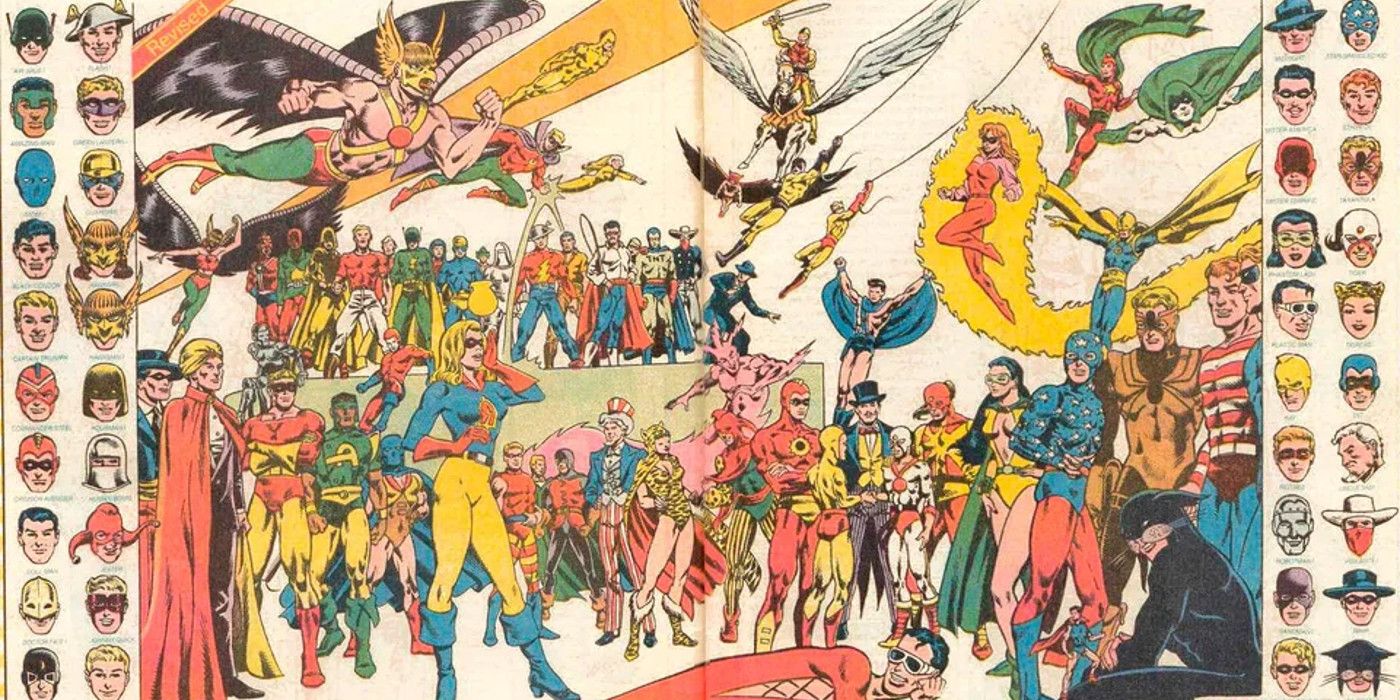
In Stargirl season 1, which takes place on Earth-2 as part of the new Arrowverse Multiverse, a minor DC Comics character named Red Bee got name-dropped. During the fifth episode, titled "Hourman and Doctor Mid-Nite," Dr. Mid-Nite's goggles brought up a file on Red Bee, a.k.a. Richard Raleigh. Even though the A.I. wasn't impressed with Red Bee, the fallen's hero was listed as having been part of the All-Star Squadron, another Golden Age superhero group.
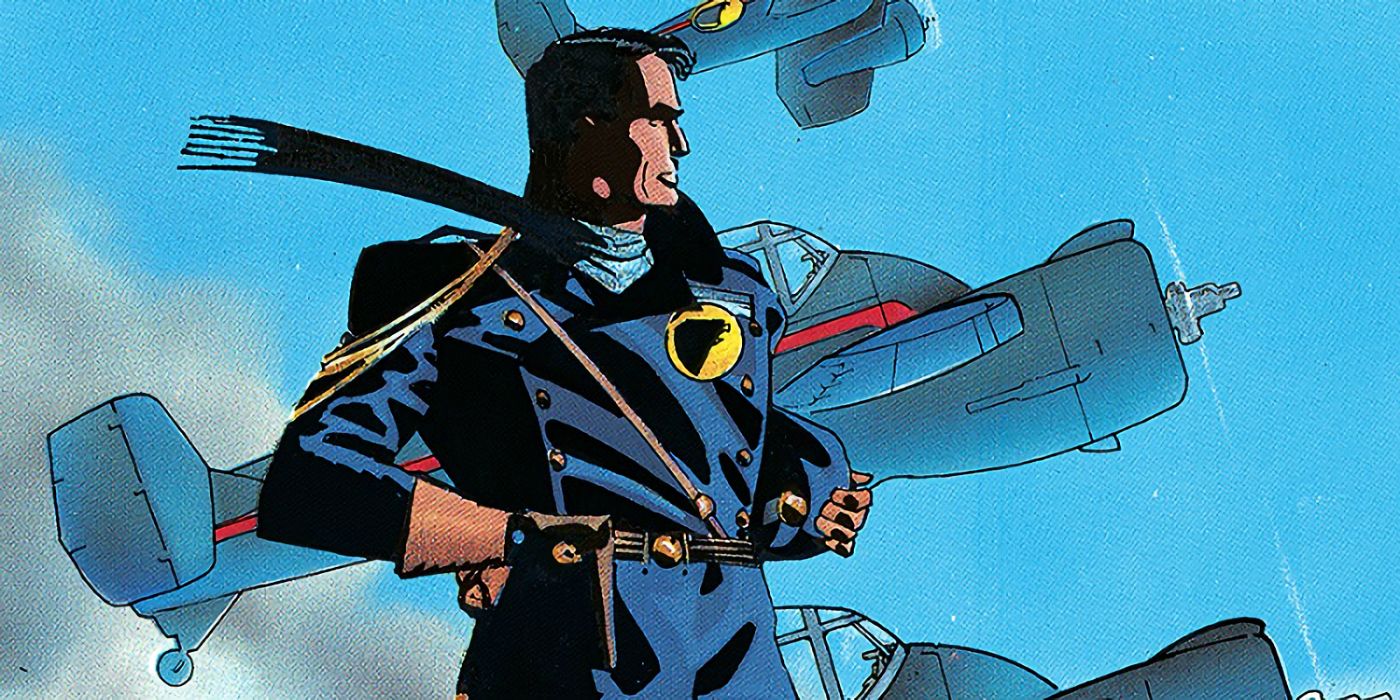
The Arrowverse did its own rendition of the Blackhawks on Arrow and The Flash, with the former introducing the Blackhawk Squad Protection Group. Arrow season 1 depicted it as a private security company led by Theodore Gaynor, who is actually a Blackhawk villain in the comics. As the group turned out to be corrupted, The Flash season 1 had a brief appearance by the Blackhawk Squad Security when Captain Cold tried to rob one of their armored trucks.
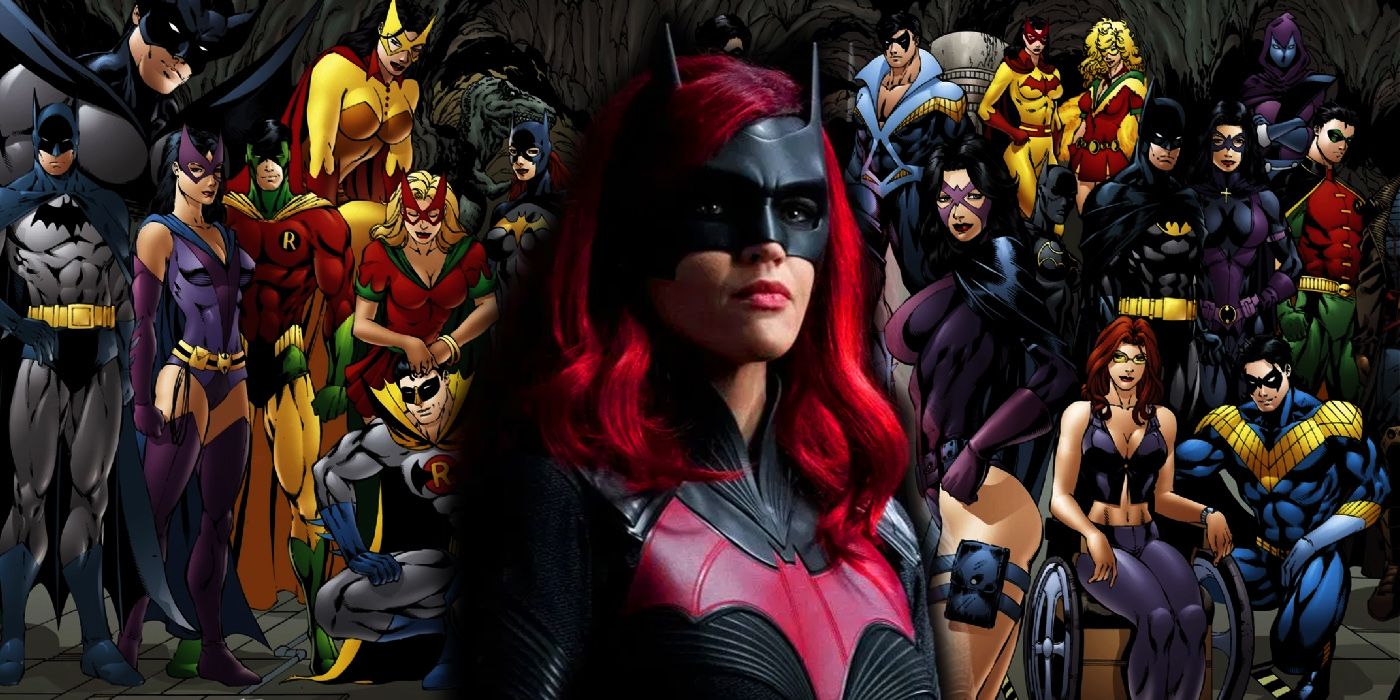
Even though Batman is not a regular player in the Arrowverse, the Bat-Family team exists on Batwoman, which started with Kate Kane. Throughout the first season of the DC drama, Kate's Bat-Family consisted of Luke Fox (who is Batwing in the comics,) Mary Hamilton (who is loosely based on Bette Kane/Flamebird,) and Julia Pennyworth. Since Kate disappeared, Ryan Wilder has boarded the Bat-team as the new Batwoman. Before Bruce Wayne disappeared, there was at least one known Robin in Gotham City. Even though Arrow's Helena Bertinelli had her connection to the Bat-family removed, Huntress is also part of that team, alongside Nightwing, Selina Kyle, and Alfred Pennyworth, who the Arrowverse has confirmed to exist through name-drops and Easter eggs. The most recent member to get introduced to Batwoman was Stephanie Brown, mainly known as Spoiler in the comics, while also carrying the Robin and Batgirl mantles.
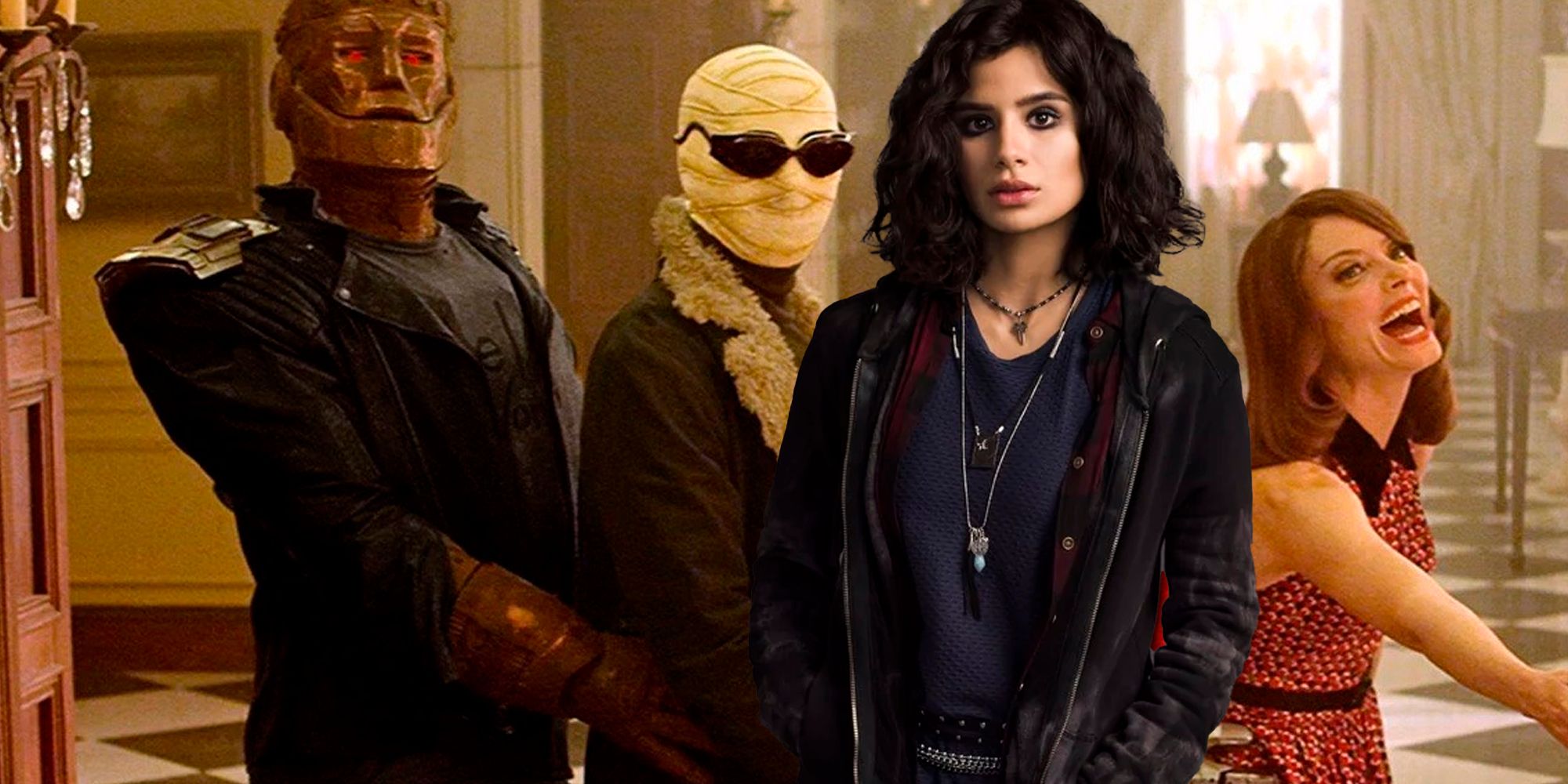
While Titans season 1 introduced the Doom Patrol, the actual spinoff went on to feature a separate iteration of the team that exists on Arrowverse's Earth-21. The comic team's original line-up was all added as main players for the TV version. Victor Stone, a.k.a. Cyborg, is so far the only DC superhero who canonically was never part of the Doom Patrol until the TV show. Crazy Jane, who was part of the second Doom Patrol team in the comics, was also introduced as a main member. Throughout the show's run, Tempest, Negative Woman, Celsius, Dorothy Spinner, Danny the Street, and Mento have also made the jump from panel to screen.
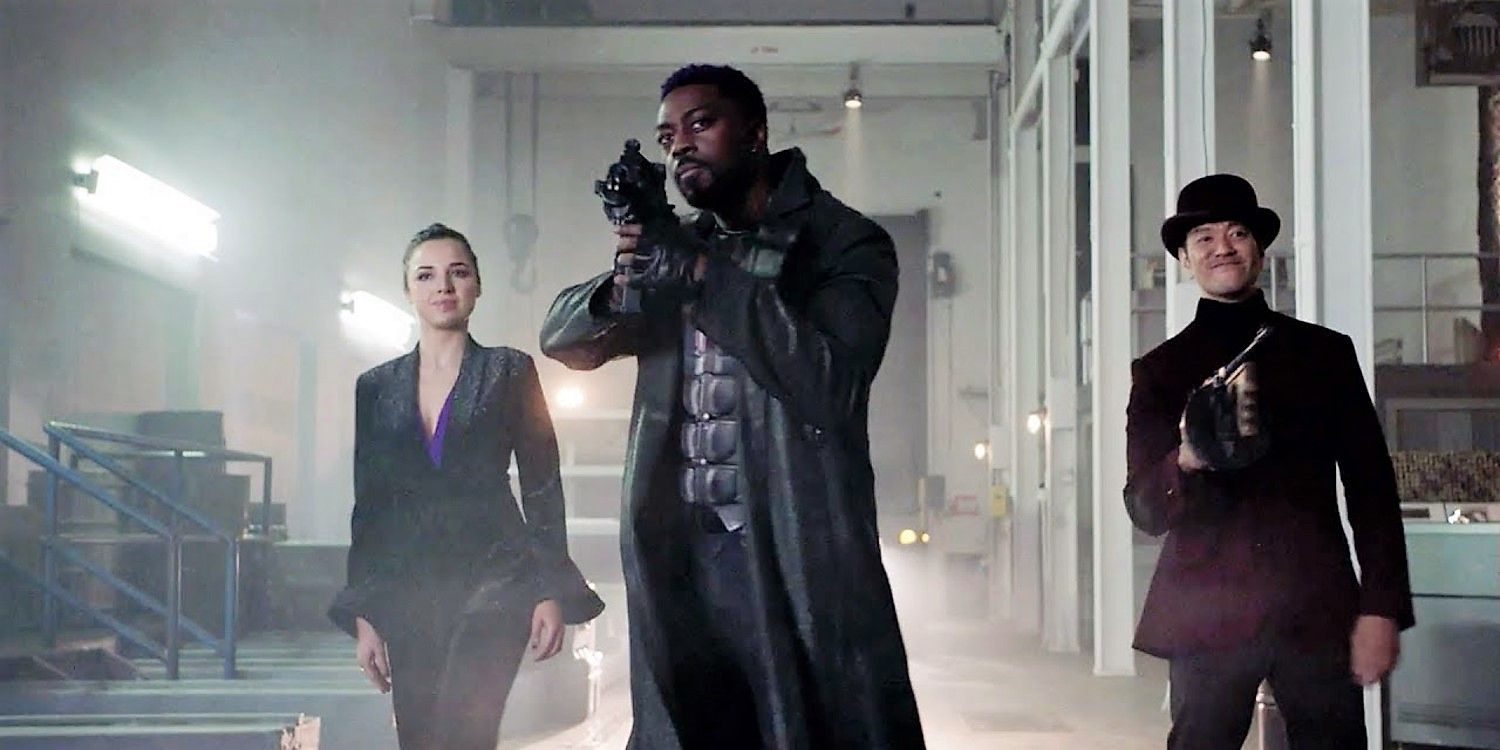
In Supergirl season 4, the Arrowverse got to introduce one of DC Comics' anti-hero teams known as the Elite. While the Arrowverse has only a handful of anti-heroes in general, Supergirl got to feature them for most of the fourth season, primarily with Manchester Black. Despite having similar goals like Supergirl and her allies, the Elite had different methods in fighting injustice. Besides Manchester, the Arrowverse also introduced Menagerie and Hat from the comics, while adding a new character named Mo.
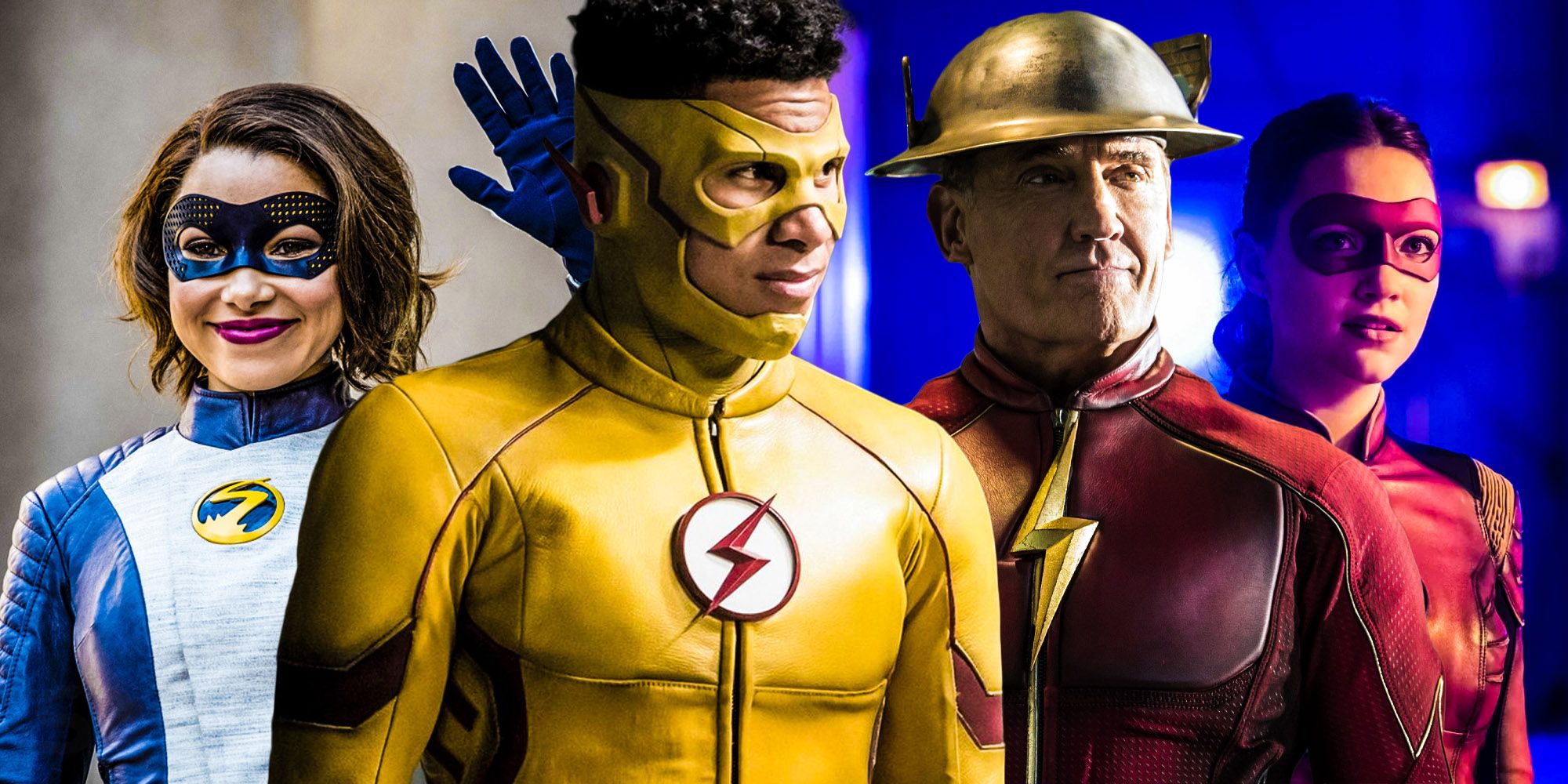
When it comes to The Flash's way of depicting the Flash Family, the DC team has been redefined a bit within the Arrowverse. With Barry Allen as the show's protagonist, The Flash has introduced the majority of heroes and speedsters who are part of the family, with Iris West-Allen, Wally West/Kid Flash, Jay Garrick, Jesse Quick, XS, and Bart Allen/Impulse. However, the Arrowverse's Flash Family is essentially one-half of the S.T.A.R. Labs squad because of the Team Flash, which includes other DC Comics characters like Cisco Ramon, Caitlin Snow, Chester Runk, Allegra Garcia, and more.
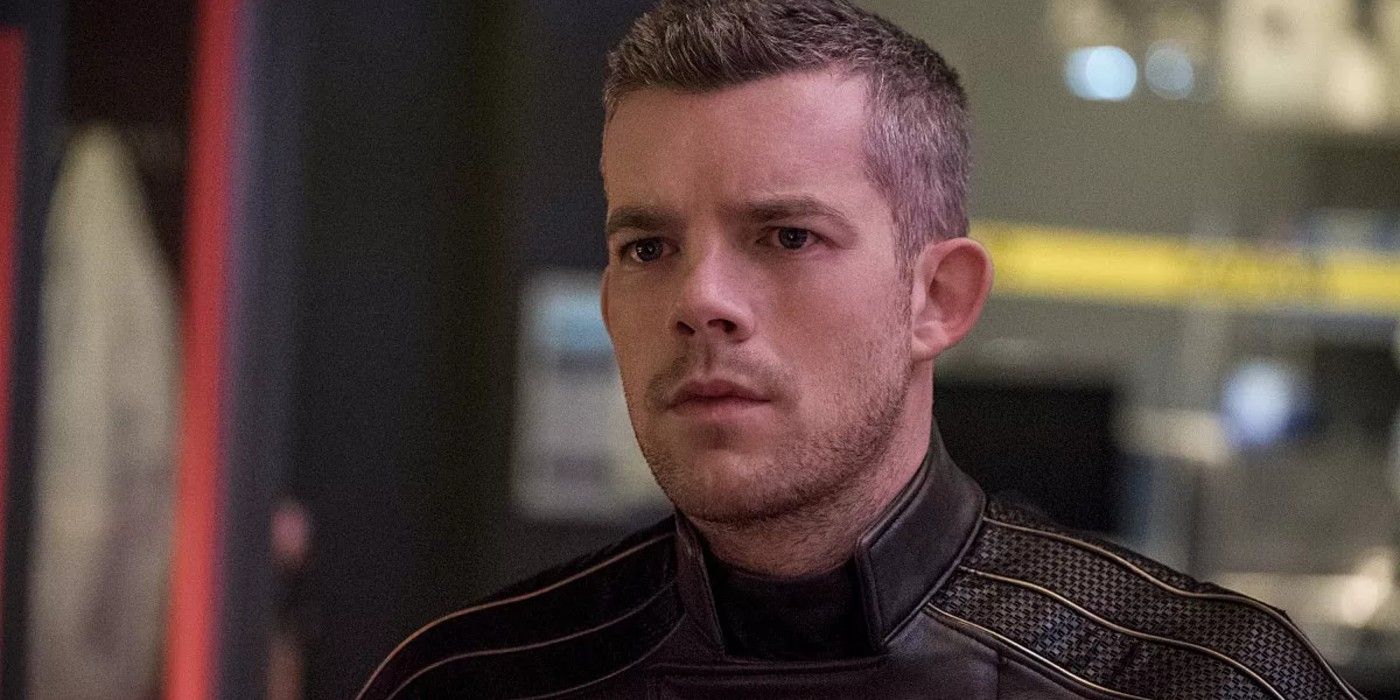
Crisis on Earth-X introduced another major DC Comics superhero group as Nazis from Earth-X invaded Earth-1. As the Arrowverse brought all four shows together to fight Nazis, the 2017 crossover brought the Freedom Fighters into the franchise. On Earth-X, the Freedom Fighters consisted of heroes like The Ray, Citizen Cold, Red Tornado, and Winn Schott, who was their general. When Green Arrow, The Flash, Firestorm, White Canary, and Alex Danvers got sent to Earth-X, they came in contact with the Freedom Fighters and joined forces against the Nazi regime. Their status has been unclear ever since Earth-X got destroyed in Crisis on Infinite Earths, while not making it clear if the Freedom Fighters were resurrected when The Spectre rebooted the Multiverse. Freedom Fighters also existed on Earth-2 as that was the other team Red Bee was part of in that universe.
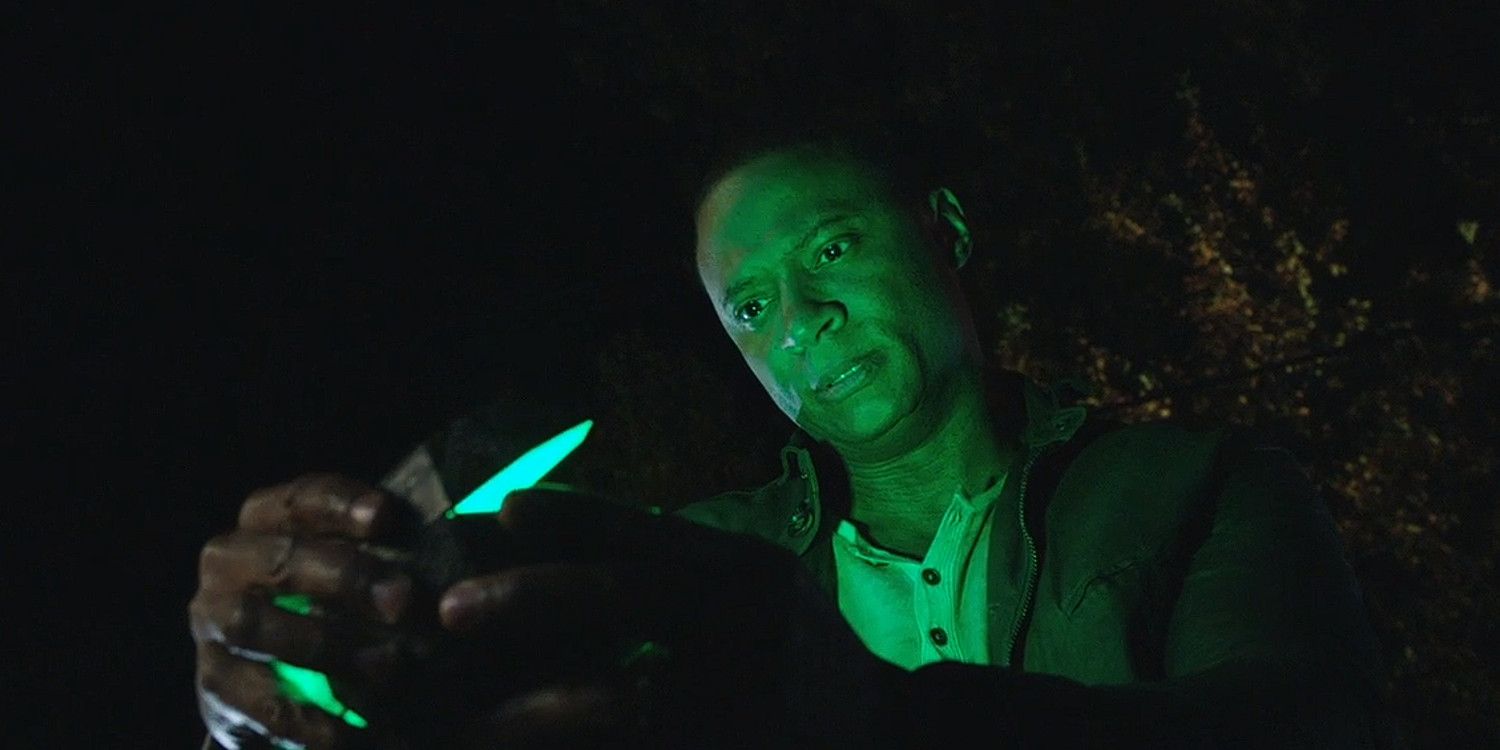
Even though they haven't been properly seen on-screen, the Arrowverse has essentially established that the Green Lantern Corps exist in the franchise, including on other Earths. Within the context of Earth-Prime, John Diggle was sent a Green Lantern ring in the Arrow series finale. It is unclear who the ring belonged to before Diggle, but the Green Lantern Corps are out there in the universe either way. Before their world got destroyed, Earth-90's Flash recognized Earth-1 Diggle, commenting that he wasn't wearing a ring like his counterpart on Earth-90.
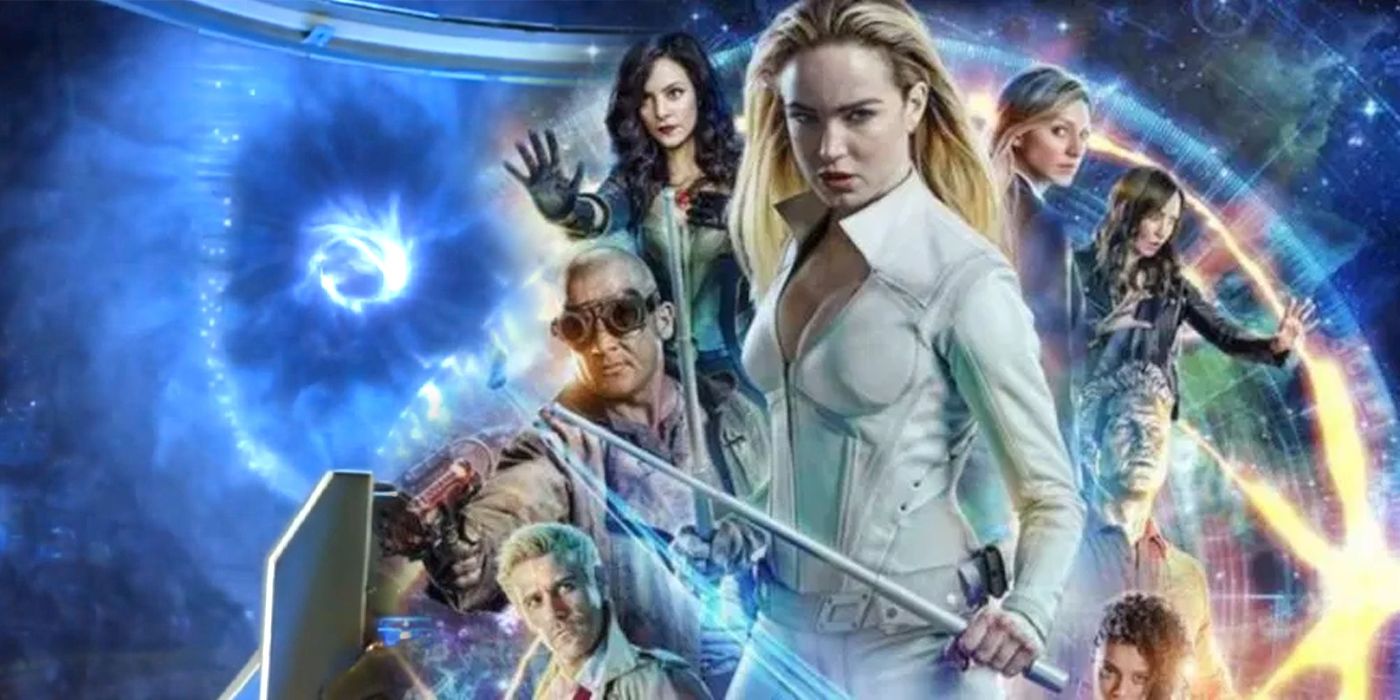
When Legends of Tomorrow first premiered, there had never been any group with that name in the DC Universe. DC Comics did eventually do a limited series called Legends of Tomorrow, which at least made the team name canon. The Arrowverse's concept of the team was originally based on existing and confirmed heroes from Arrow and The Flash to allow them to lead their own series. Throughout the show's run, the line-up has changed as older members come and go while helping protect the past, present, and future.

Supergirl season 3 officially brought the Legion of Super-Heroes into the Arrowverse, with Mon-El being established as its founder back in the 30th century. Mon-El created the team after being inspired by everything Supergirl had taught him about heroism. With Mon-El as their leader, the Arrowverse also introduced other members like Brainiac 5, Saturn Girl, while name-dropping characters such as Nura Nal, Chameleon, and others. When Brainiac 5 had to stay behind in the 21st century, Winn Schott took over for him and joined the Legion of Super-Heroes in the 30th century.

They may not be able to call themselves the Justice League yet, but The CW has more or less introduced its own take on the iconic DC Comics team, even if they can't use the name. Crisis on Infinite Earths became the culmination point for the franchise as it was the latest, closest point for them in officially becoming the globally known team. The Arrowverse's Justice League, the way Crisis established it, consists primarily of the main leads of all the other shows. The core seven are The Flash, Supergirl, Superman, Black Lightning, Batwoman (Kate Kane), White Canary, and Martian Manhunter. Even if they can't utilize the Justice League name, there is no denying that the Arrowverse has adapted the team on The CW, even going as far as having their own Hall of Justice.
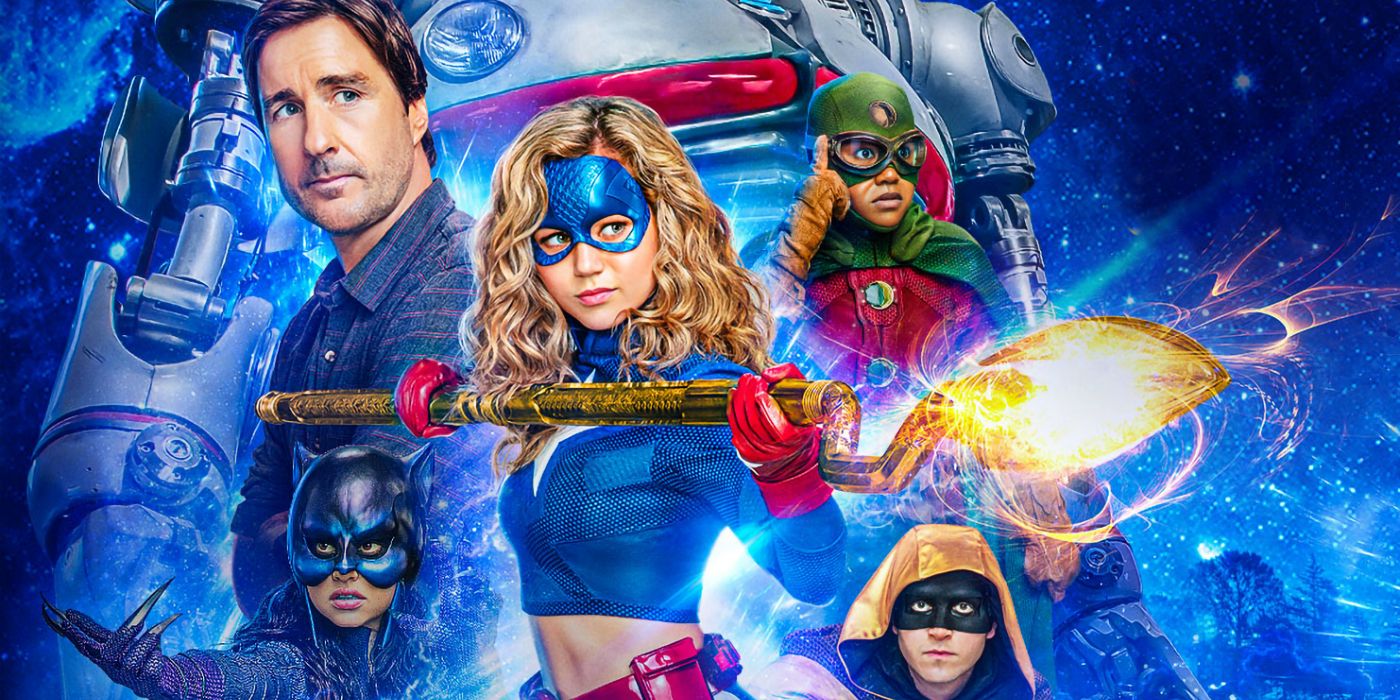
The Arrowverse has had two iterations of the Golden Age superhero group known as the Justice Society of America. In Legends of Tomorrow season 2, they introduced the JSA as a team that operated back in the 1940s. Since then, the JSA is mainly represented on Stargirl, which takes place on Arrowverse's rebooted version of Earth-2 after Crisis on Infinite Earths recreated the Multiverse. On Earth-2, the JSA was active until 2010, after getting defeated by the Injustice Society of America. Almost a decade later, Courtney Whitmore took on Starman's mantle and revived the JSA for the next generation by recruiting other young heroes.
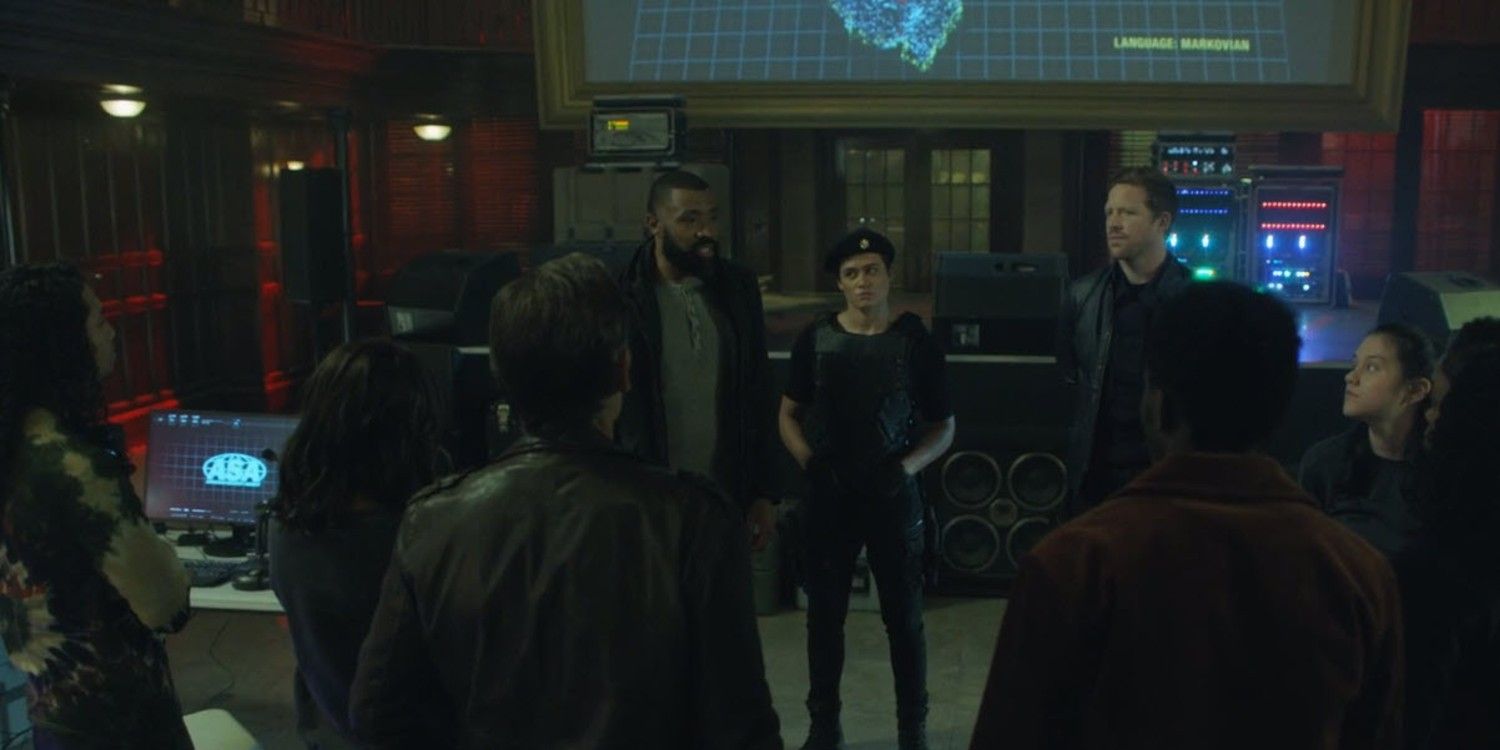
Throughout Black Lightning's run, both before and after joining the Arrowverse, the Freeland-based drama introduced many characters who were affiliated with the Outsiders. In the comics, the Outsiders is a DC team that heavily focuses on heroes who are not as public as the Justice League. With Black Lightning, Thunder, and Grace Choi as some of the famous Outsiders members, the show went on to add other canonical members like Geo-Force, a gender-bent Freight Train, Technocrat, and Atomic Knight.
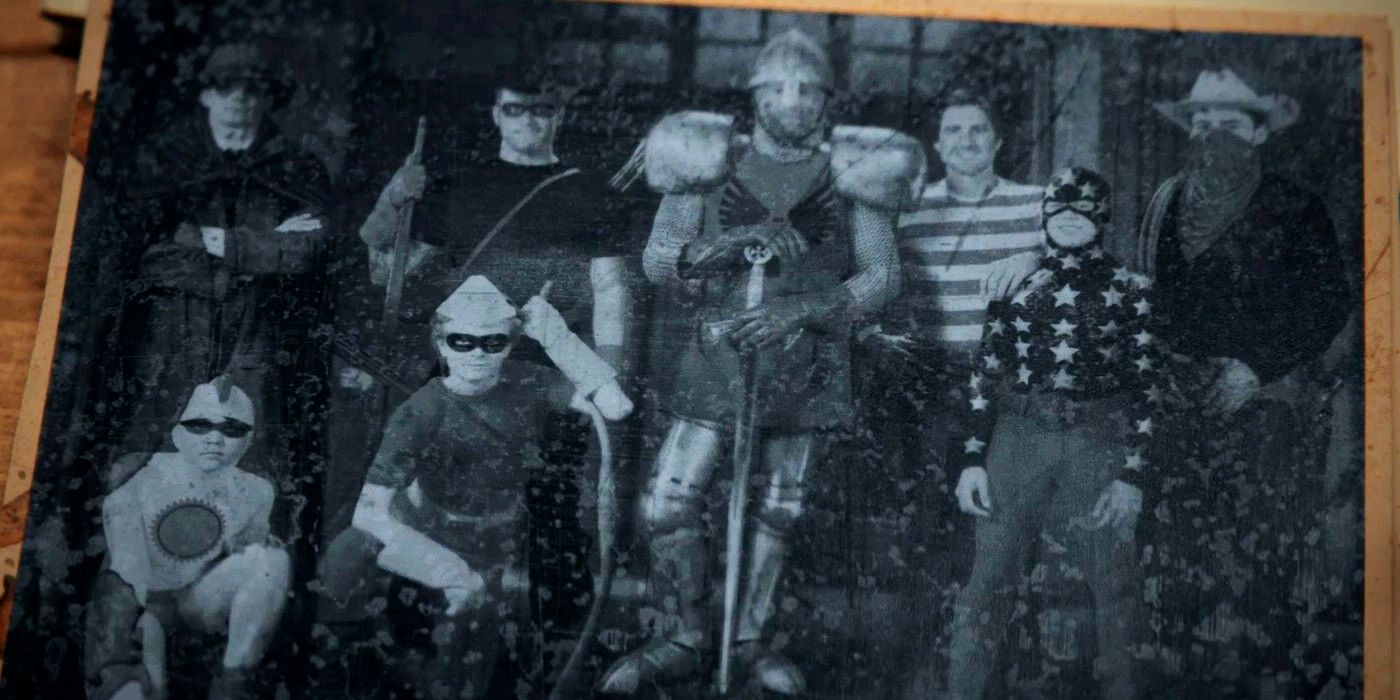
Stargirl season 1 introduced DC's Seven Soldiers of Victory, which is another old-school team in the comics. The Earth-2 iteration consisted of Pat Dugan, Green Arrow, Speedy, Crimson Avenge, Vigilante, Shining Knight, Wing, and Sylvester Pemberton when he was operating as Star-Spangled Kid. As Courtney Whitmore hilariously pointed out, it didn't make sense why they called themselves the Seven Soldiers of Victory when there were eight of them, something they fought about all the time, according to Pat. Stargirl's canon established that this was the team that came before the Justice Society of America. Shining Knight is the only member who has been seen in the present thus far alongside Pat.
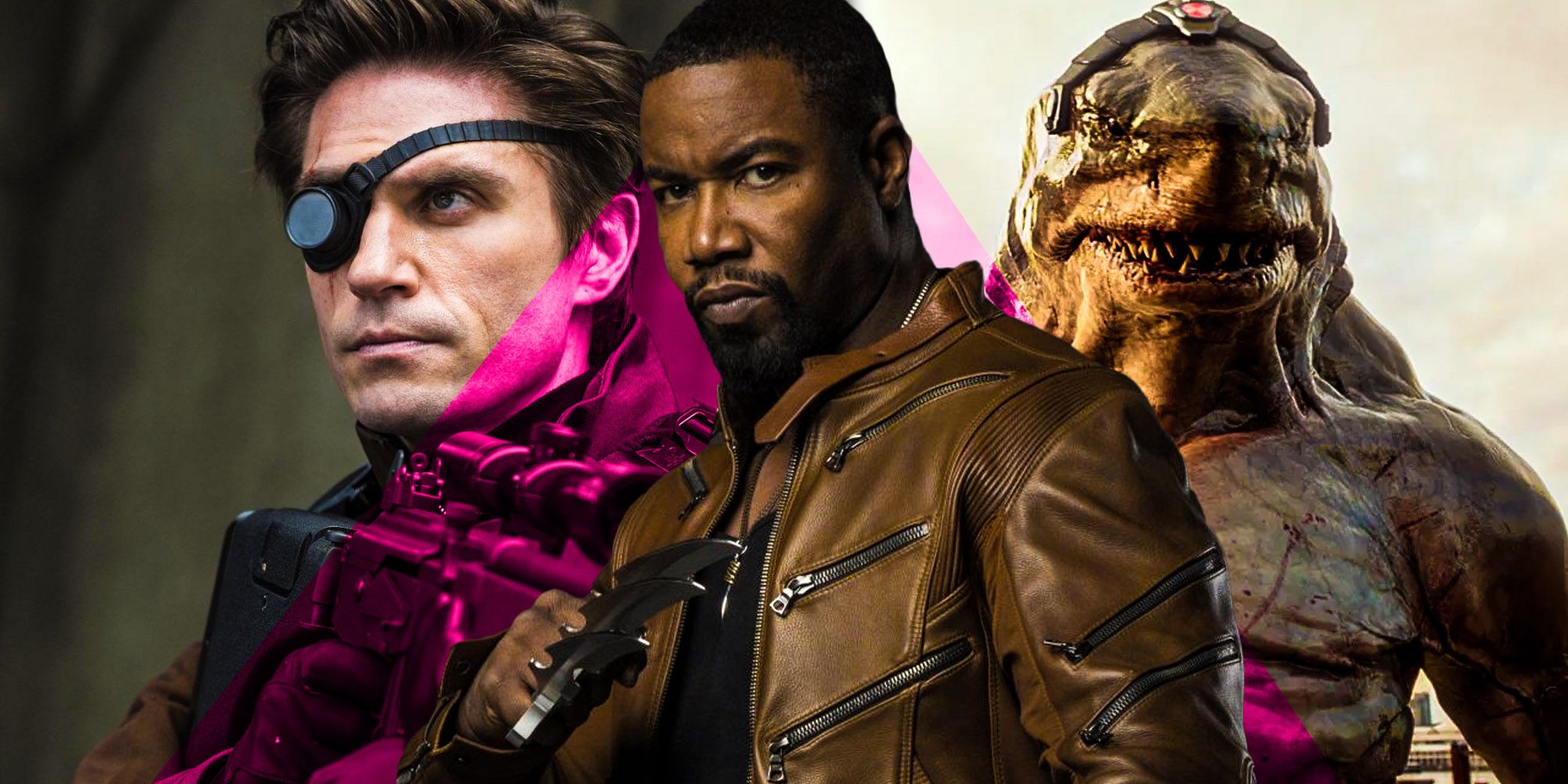
Despite being primarily known as a super-villain team, the Suicide Squad is more associated as an anti-hero group these days, which was definitely the approach the Arrowverse tried to take. In Arrow season 2, Amanda Waller got introduced as the A.R.G.U.S. director and the creator of Task Force X. The Arrowverse's Suicide Squad consisted of Deadshot, Bronze Tiger, Shrapnel, and Cupid. While Harley Quinn never took part in the team, she does exist in the Arrowverse as an A.R.G.U.S. inmate. However, this is the one DC team that the Arrowverse had to scrap after Warner Bros. forced them to scrap the Suicide Squad ahead of the DCEU introduction of the team. Arrow revived the team years later as the Ghost Initiative since they couldn't call it the Suicide Squad anymore.
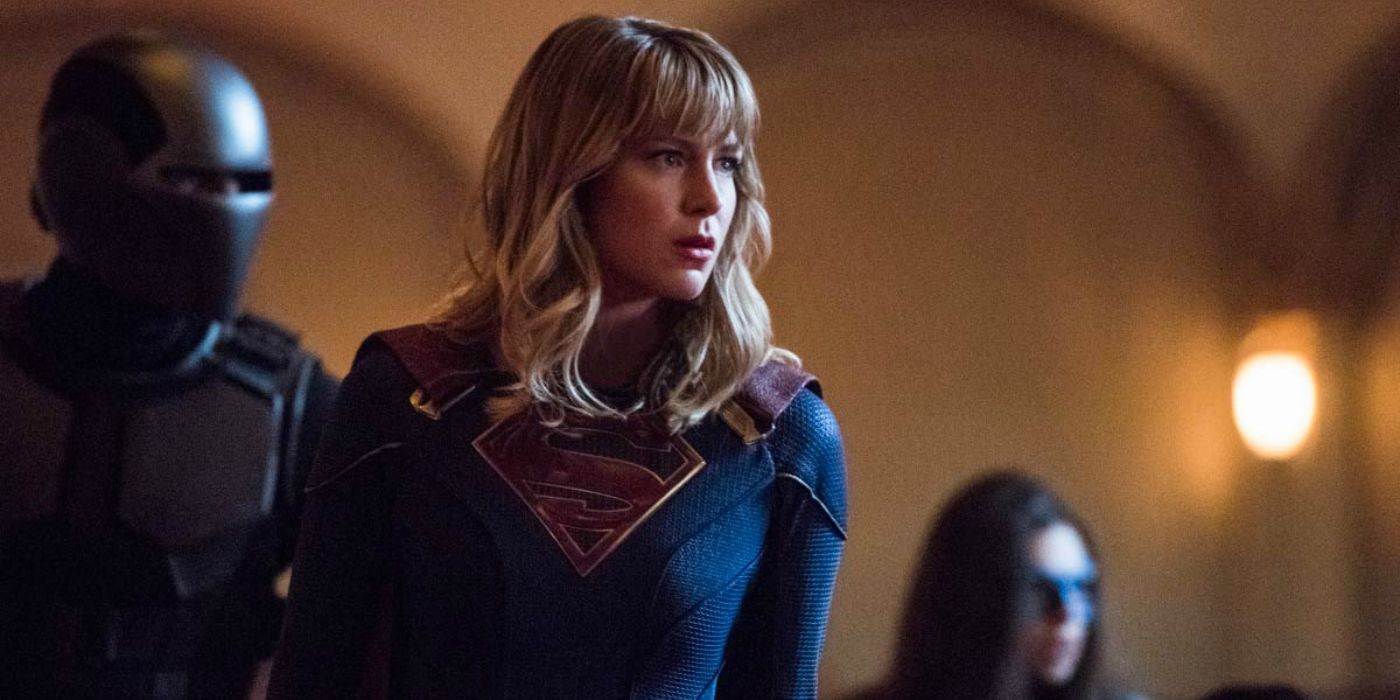
While most people think of the beloved animated when hearing Super Friends, the DC term has made its way into the Arrowverse, specifically on Supergirl. In the Arrowverse, the Super Friends is the name of Kara Zor-El's team that helps her protect National City. While the team has evolved over the years, the Super Friends have mainly consisted of Alex, Martian Manhunter, James Olsen, Winn Schott, while Dreamer, Brainiac 5, Lena Luthor, Miss Martian, and Kelly Olsen came on board later on. So far, Supergirl is the only live-action DC property to ever use the Super Friends outside animation.
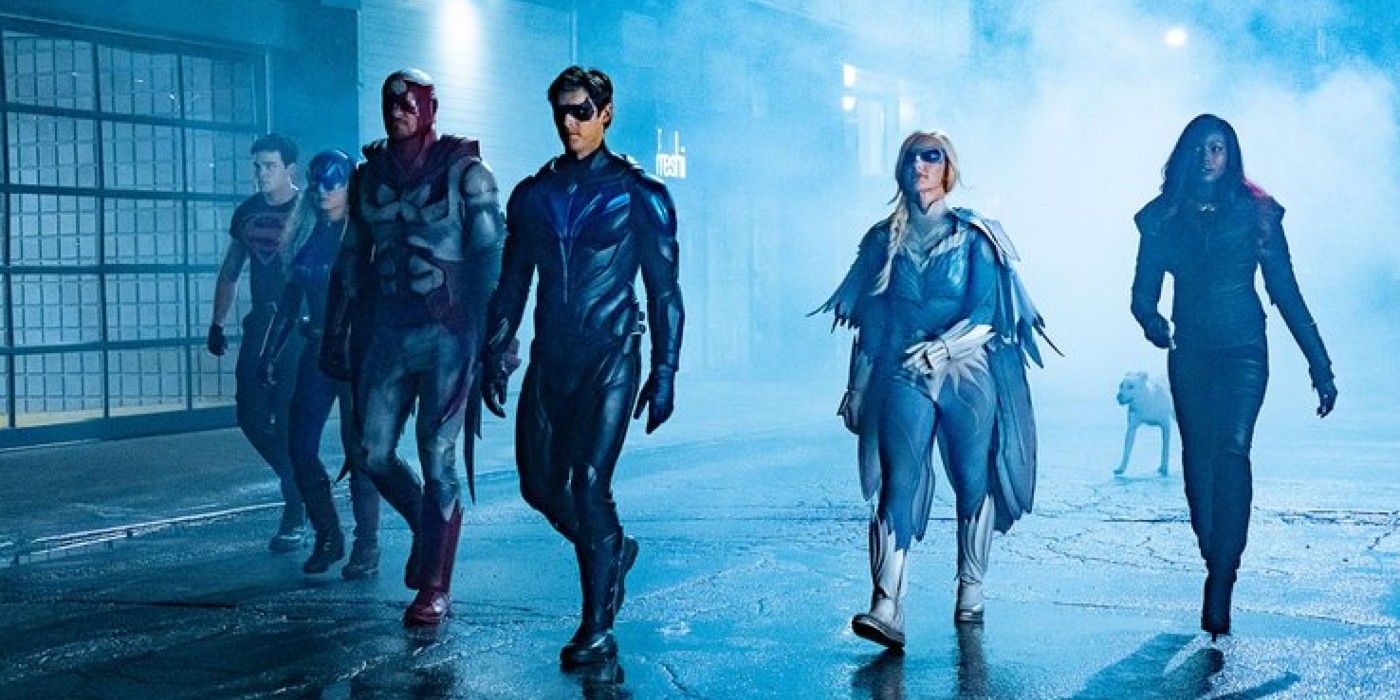
Established to exist on Earth-9 in the Arrowverse Multiverse, Titans is a more adult iteration of the Teen Titans, featuring both the original members and the next generation. Before the events of the first season, Dick was part of a young group of heroes that consisted of Wonder Girl, Hawk, Dove, and Aqualad. After Dick broke off with Batman, he resurrected the Titans group with Starfire and younger heroes like Beast Boy and Raven. The team got even bigger in Titans season 2 as Jason Todd, a.k.a. the second Robin, Superboy, Jericho, and Ravager came onboard. While he hasn't shown up on-screen, Roy Harper also exists in the Titans universe, presumably as an associate or a former member of the team.
from ScreenRant - Feed https://ift.tt/3C7uV4y

0 Comments